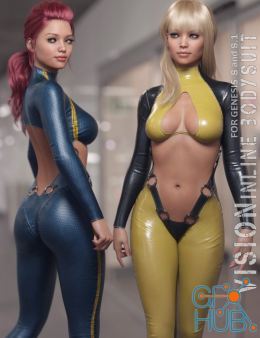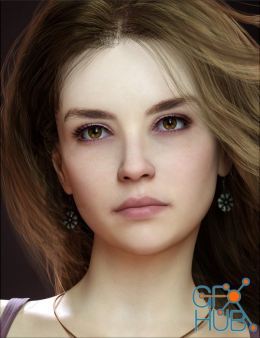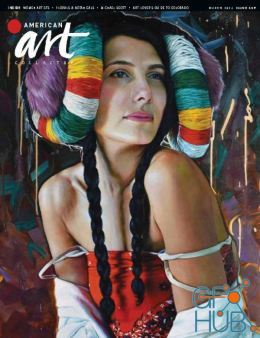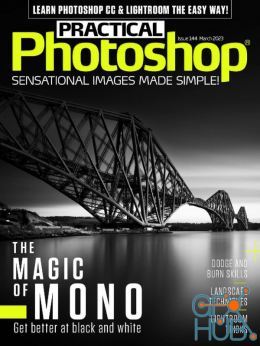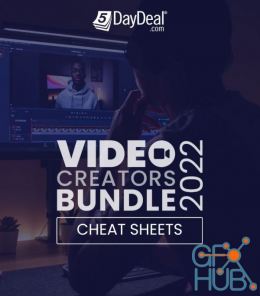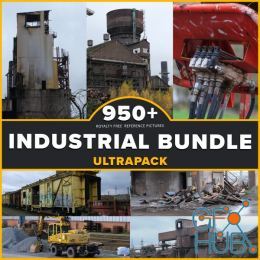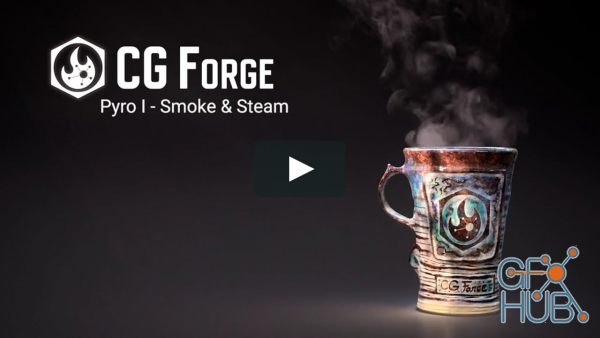
Pyro I is designed to help you get started with creating pyro with Houdini. We'll begin by talking about how pyro generally works and then move right into a project-based scenario by creating steam for a coffee mug. We'll analyze reference, talk about best-practices, manipulate fields with microsolvers, and render everything out.
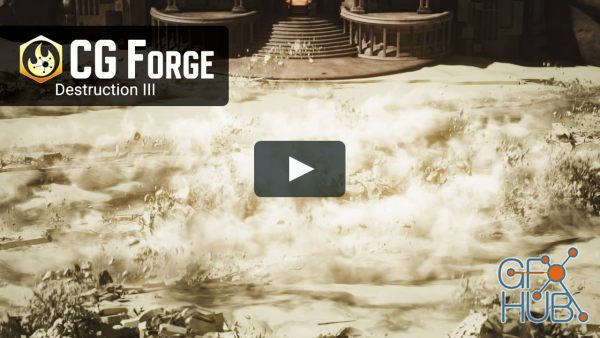
Destruction III is perfect for anyone looking to use RBD simulations within a professional scenario.
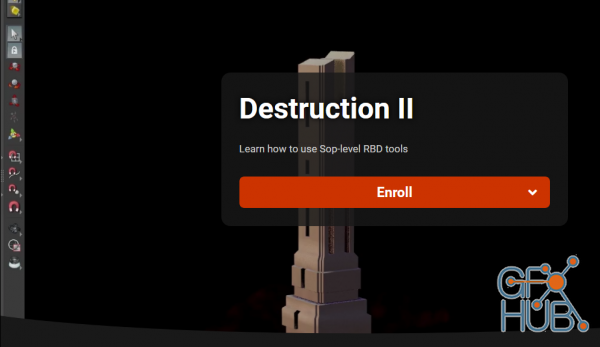
Destruction II is designed to help you understand the ins-and-outs of sop-level rbd toolsets. These tools were introduced in Houdini 18 and offer a variety of useful, high-level workflows which enhance your RBD workflows.

Destruction I is the perfect course for getting started with Rigid Body Dynamics (RBD) using Houdini. The course contains theory, practice, exercises, scene files, and print-outs that are useful in production.
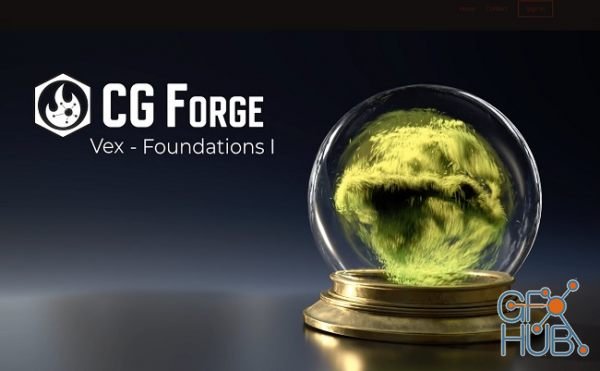
Vex is a coding language native to Houdini, and with it, you can accomplish almost any task in VFX. This course aims to make the learning process easier by teaching the subject in a way that you won’t find anywhere else. To start things off, we’ll begin with a combination of theory and basic demonstration that carefully builds one idea on top of the next until you hold a deeper understanding on what’s going on.
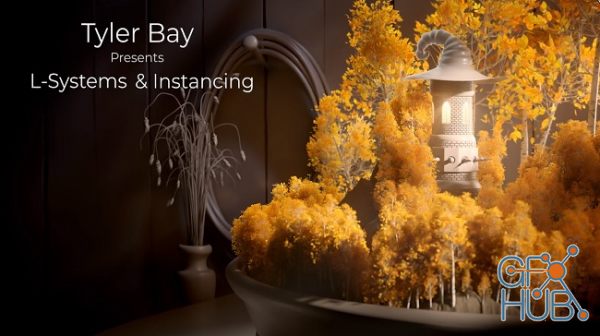
L-systems offer a way to procedurally model geometry. If you’ve ever wanted to create foliage, complex fractal geometry, or spline-based models from scratch, then L-systems offers you a way of doing so through understanding it’s own language.

Shading Techniques I is the first course in a series that revolves around learning the foundational techniques behind texturing and shading. The workflows presented in part I focus on tri-planar projections, material assignments, and sourcing textures. Redshift is being used for rendering, but it doesn't matter if you're using a different render engine because all the main principles still apply.

Modeling I is designed to help you get started with modeling in Houdini. Like always, we’ll take a hands-on approach to learning things by creating each item with a specific purpose in mind while exploring a variety of technical and artistic topics along the way. This course will make Houdini’s modeling toolset feel much less intimidating, while providing great insight into a variety of modeling methods.
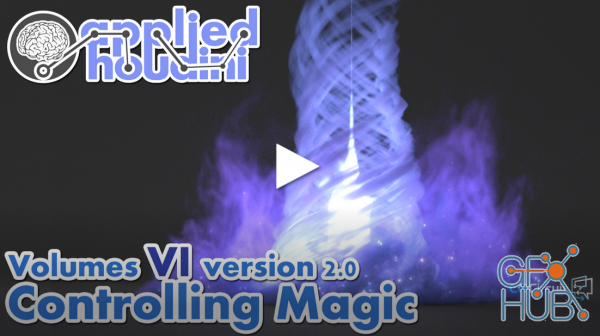
Applied Houdini is here with one of my most exciting lessons yet - Volumes VI, Controlling magic! In this lesson we're going create a multi-layered magical scene using all kinds of advanced volume manipulation techniques. Instead of always using Pyro, we'll begin by creating procedurally generated volumes that look great but are actually designed without simulation. Much of this will be accomplished via art directable volume deformations, with
You will learn how u track your shot in aftereffect then make your effect in houdini then export to after effect inside element 3d
Tags
Archive
| « December 2025 » | ||||||
|---|---|---|---|---|---|---|
| Mon | Tue | Wed | Thu | Fri | Sat | Sun |
| 1 | 2 | 3 | 4 | 5 | 6 | 7 |
| 8 | 9 | 10 | 11 | 12 | 13 | 14 |
| 15 | 16 | 17 | 18 | 19 | 20 | 21 |
| 22 | 23 | 24 | 25 | 26 | 27 | 28 |
| 29 | 30 | 31 | ||||
Vote
New Daz3D, Poser stuff
New Books, Magazines
 2021-01-13
2021-01-13

 0
0

